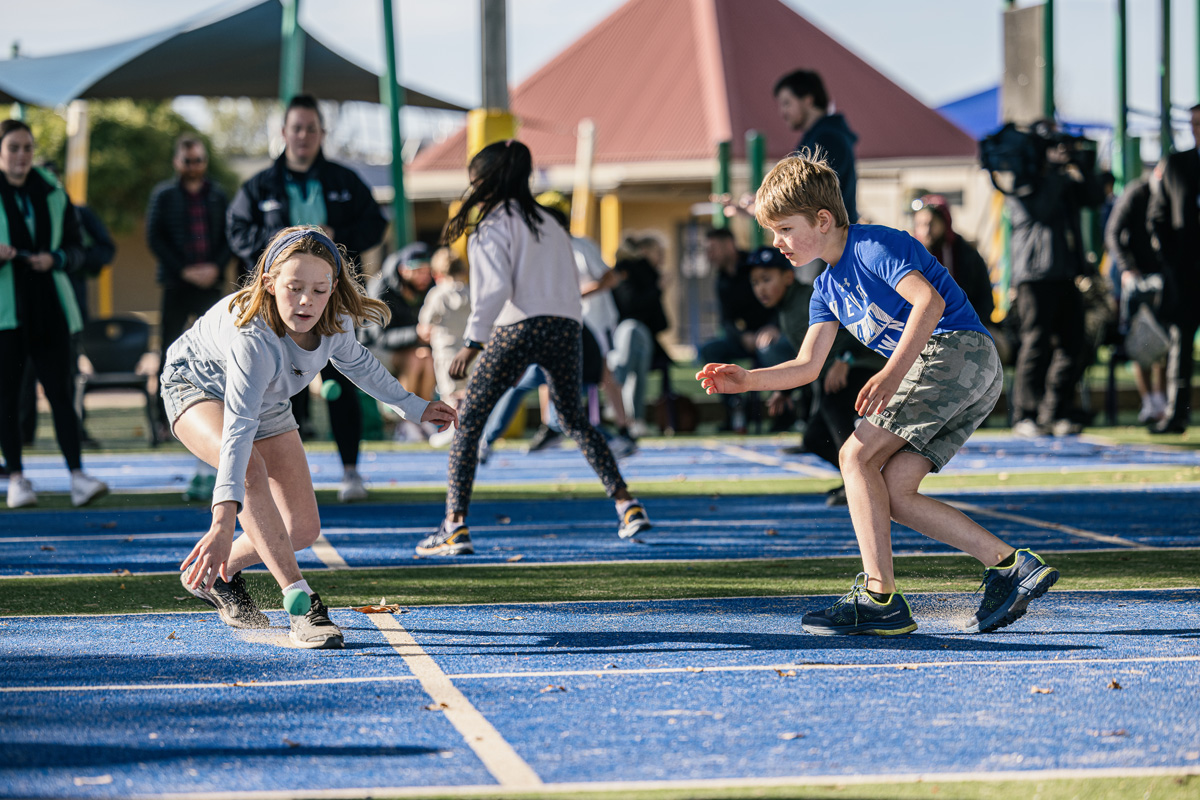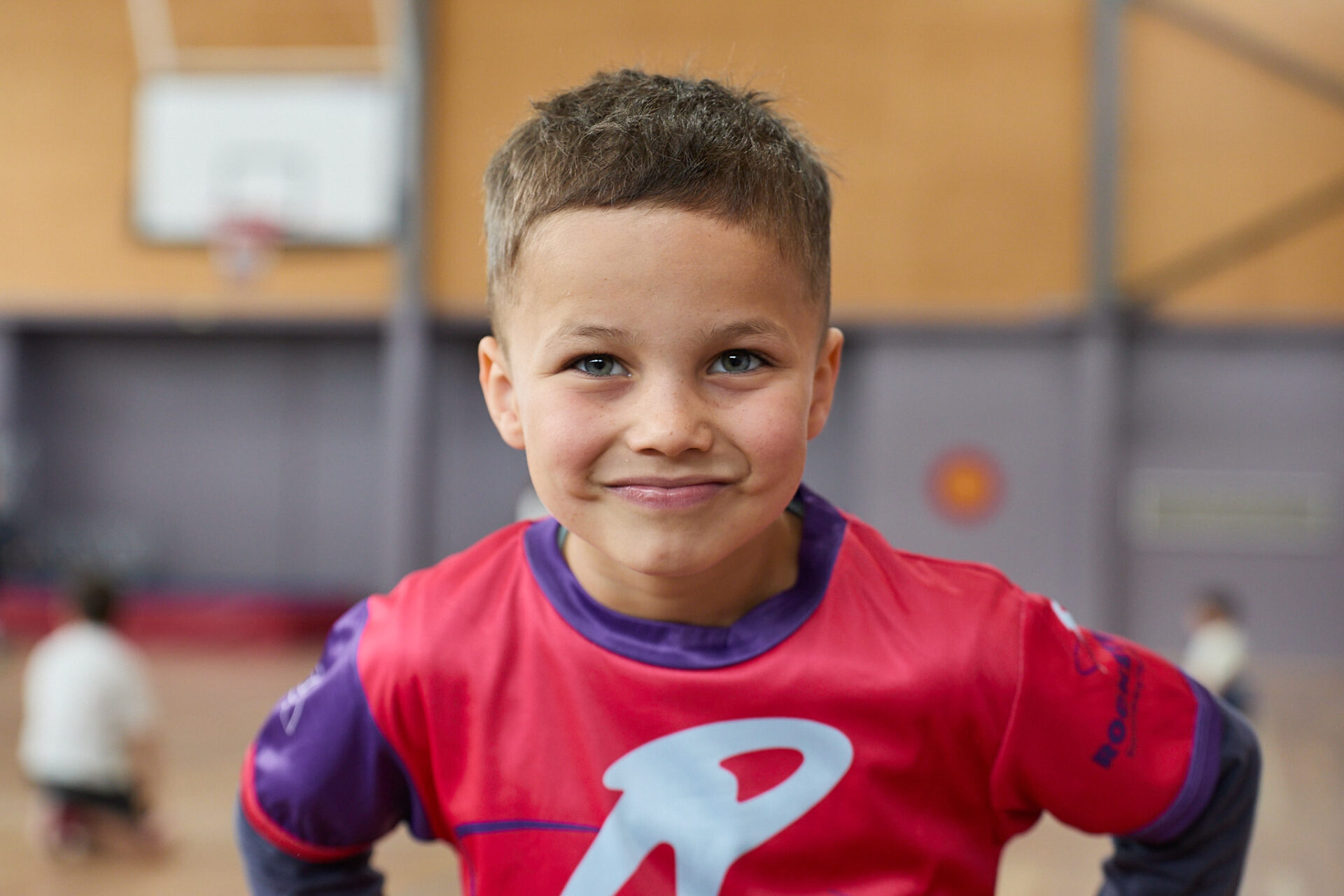What is handball?
Handball is a game between 2 to 7 players on a hard court where a ball is struck with your hand, making it bounce into your opponent’s square. It’s a popular schoolyard game in Australia, as well as other countries like New Zealand, Fiji and more, and unlike other types of handball games out there, it does not incorporate a wall – instead, being played on a court consisting of lines on the ground.
The game is mostly played at recess, lunchtime, or before and after school, but it can also be played anywhere that has a hard surface with at least one line. The quick set-up time and simple rules (though there are many variations) make this a popular game for school-aged children.
History of handball
Handball as we know, may also be known as downball, four-square or square. The Australian handball began in the 1920s, but there are records showing it has been played since the 19th century. Handball in schools was initially promoted with a view that it “affords an excellent preparatory training for football, as it calls into play all the resources of the physical man” – and it was a great way to acquire hand-eye coordination, ambidexterity, flexibility, and sense of where one is in time and space.
Over most of its history, handball has been primarily played in Victoria, South Australia and New South Wales. As the game continued to develop, the Australian Handball Council has since held many national championships for decades.
How do you play handball?
Although there are basic set rules for the game, there are also different formats and tricks that can be used. For example, the state of Queensland has five rules to the game, whereas New South Wales has six (Handball Australia, 2023) – and there are new rules being added every now and then! This is due to the social nature of the game, where it is constantly being played in different locations (and abilities) that make the rule variations common.
Here are some basic rules:
- A game must have at least two players
- The person in the leading square ‘serves’ the ball, bouncing it once within their square before it can enter an opponent’s square
- Once the serve is complete, the receiver must hit the ball to another player
- The ball must be hit so that it bounces in your own square first before into another player’s square (on the second bounce)
- If an outside object interferes with the play, the point will be replayed
- If you don’t hit the ball in your own square first, it’s called a ‘foul’ and you’re out
- When a player is ‘out’, they must proceed to the lowest square, or to the end of the line of players waiting to enter the court
- Players on the court who were in a lower position each move up a square
To read more about our Handball Championships Service Rules, click and download HERE.
The court
A typical handball court is a square or rectangle split into four or six smaller parts marked by lines. Although each part of the court is referred to as “squares”, they can be any shape or size. Depending on the school, the squares will either be labelled Ace, King, Queen and Dunce or King, Queen, Jack and Dunce.
Handy handball terms
Here are some terms you may hear or use during a game of handball:
- Dubbs (doubles) – bounces twice in one square
- Foul – player hits ball into opponent’s first
- Lines – ball bounces on the line
- Rebounds – ball bounces off solid object
- Out of square – ball is hit out of square
- Replay – replay the game
- Treetops – ball goes above player’s head
- Low serve – ball is hit at ground level
- Rolls/dead ball – ball is rolled without bouncing
- Double touch – ball is touched twice in a row by the same player
- Grabs/carry – ball is held or scooped instead of a clean hit (player eliminated)
- Lob/full play – ball lands in another player’s square on the first bounce (therefore ‘out’)
So, now you know more (or all!) about handball. Are you ready to compete in our 2023 Handball Championships? If you haven’t already done so, REGISTER NOW with Camp Australia and don’t miss out on this exclusive event!





